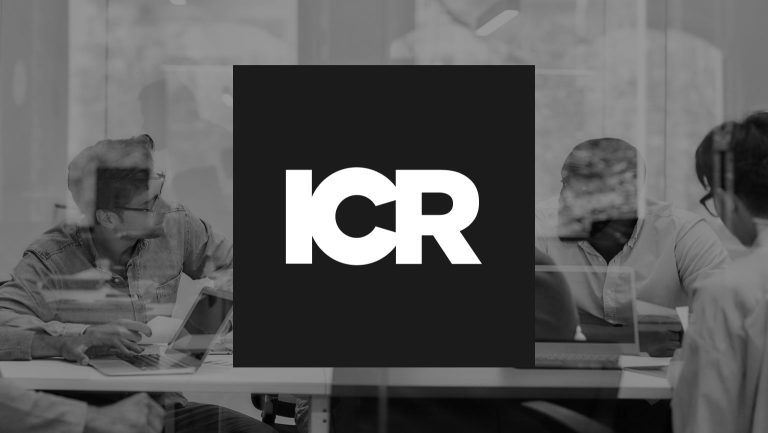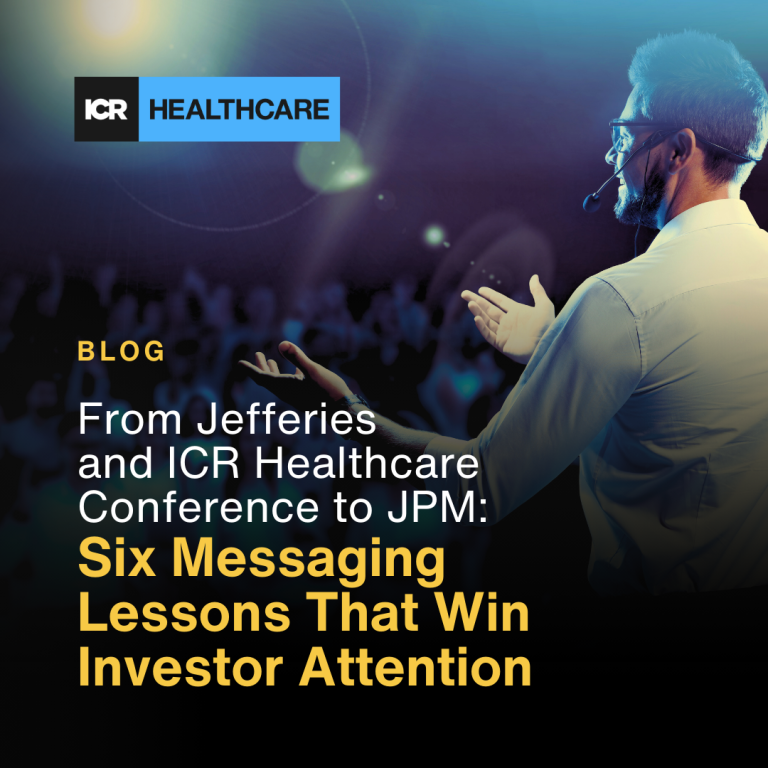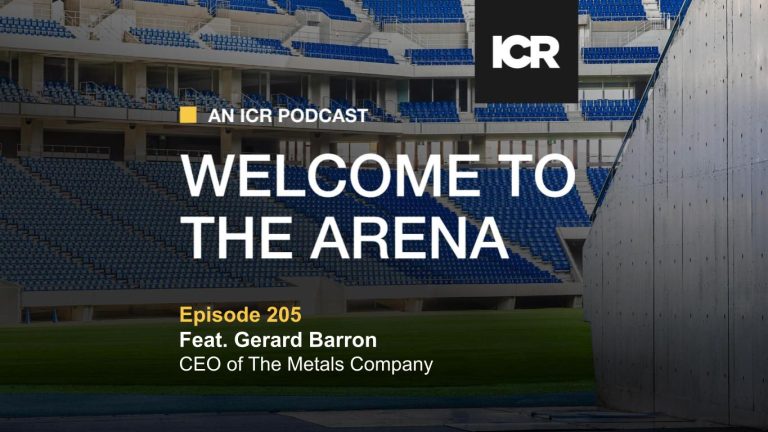For newly public biotech companies, determining when to begin formal earnings communications is a strategic decision that can impact market perception. While this analysis focuses on U.S. biotechnology initial public offerings (IPOs), ICR Healthcare provides similar strategic guidance to healthcare companies navigating post-IPO communications across global markets and exchanges.
A recent analysis of 269 biotech IPOs from 2017 through 2025 provides insights into industry practices and optimal timing strategies. Drawing on our extensive experience guiding healthcare companies through their post-IPO transitions, we’ve identified clear patterns that inform optimal timing strategies.
Timing of First Earnings Press Release (PR):
The decision on which quarter to begin putting out press releases tends to be split between doing a release for the prior quarter or current/future.
- 48% of biotech IPOs issued a press release reporting results of the quarter they went public (ex: 2Q IPO, provided a 2Q earnings release)
- 46% issued a press release reporting results of the prior quarter they went public (ex: 2Q IPO, provided a 1Q earnings release)
- 6% issued a press release reporting results of the subsequent quarter they went public (ex: 2Q IPO, provided a 3Q earnings release)
Our work with newly public companies reveals that many companies that go public in the first quarter choose to report fourth-quarter and year-end results, since year-end reporting windows are typically longer and allow more time to prepare financial disclosures and messaging. In contrast, companies that go public in the second quarter often face tighter timelines—especially if they are still within their post-IPO quiet period—and may opt to skip a first-quarter release entirely, instead debuting with a second- or even third-quarter earnings announcement.
When to Add Conference Calls:
The decision to host conference calls differentiated mainly between early-stage and late-stage companies at the time of their IPO, with patterns that have persisted through the analysis:
Early-Stage Companies (Preclinical through Phase 2):
- Only 11% conduct a conference call with their first earnings release
- 89% opt for press releases only initially
- 25% continue using press releases exclusively even after multiple quarters
Late-Stage Companies (Phase 3 through Commercial):
- 24% host conference calls immediately with their first earnings release
- 76% start with press releases only
- 80% eventually transition to hosting regular calls
In our experience guiding post-IPO companies, we’ve found that early-stage IPOs will start hosting conference calls when they have a steady cadence of news flow, which usually doesn’t begin until they have assets entering late-stage clinical development. Alternatively, for the late-stage IPOs, it is much more common to host conference calls immediately. This is largely influenced by investor expectations for regular updates, as both clinical trial results and commercial metrics often demand detailed discussion.
Best Practices for Earnings Readiness:
- Assess News Flow Trajectory: Before committing to regular conference calls, evaluate your pipeline’s momentum over the next 12-24 months and ensure you have meaningful updates each quarter
- Consider Market Dynamics. External factors should influence your timing:
- Sector Trends: Monitor how peers approach earnings communications
- Market Conditions: Volatile periods may warrant more frequent communication
- Analyst Coverage: Growing research coverage often necessitates regular calls
- Plan for Scalability. Build a strategy that grows with your company:
- Press Release Foundation: Prioritize clear, comprehensive written communication before layering on calls
- Full Implementation: Transition to regular calls when sustained news flow supports meaningful discussions
The key insight from the expanded industry data is clear: successful earnings readiness isn’t about immediately rushing to implement all public company practices. Instead, it requires thoughtful timing that aligns with your clinical development stage, internal capabilities, and investor expectations. ICR Healthcare has guided dozens of newly public biotech companies through this critical transition, helping them build earnings communication from day one. Companies that partner with experienced advisors to build strong foundations and expand communications strategically tend to establish more credible, sustainable investor relations programs while avoiding common pitfalls that can damage market perception.
At ICR Healthcare, we help biotech companies navigate strategic decisions around earnings releases and conference calls with the same rigorous, data-driven approach reflected in this analysis. Our integrated approach aligns PR and investor relations teams to communicate effectively, build investor confidence, and maintain momentum through the post-IPO reporting cycle. Contact us to discuss how our strategic communications expertise and deep healthcare sector knowledge can support your company during these critical early stages.



